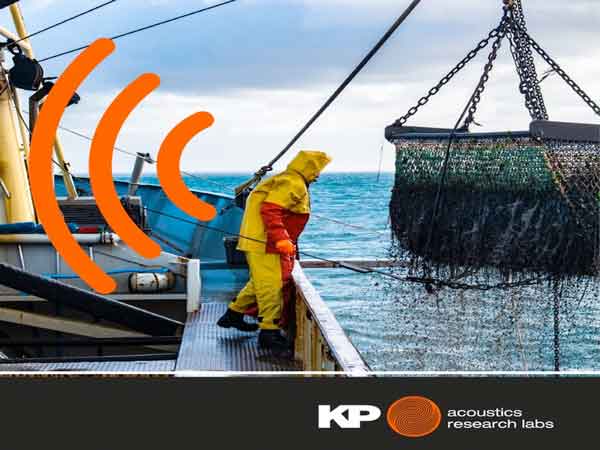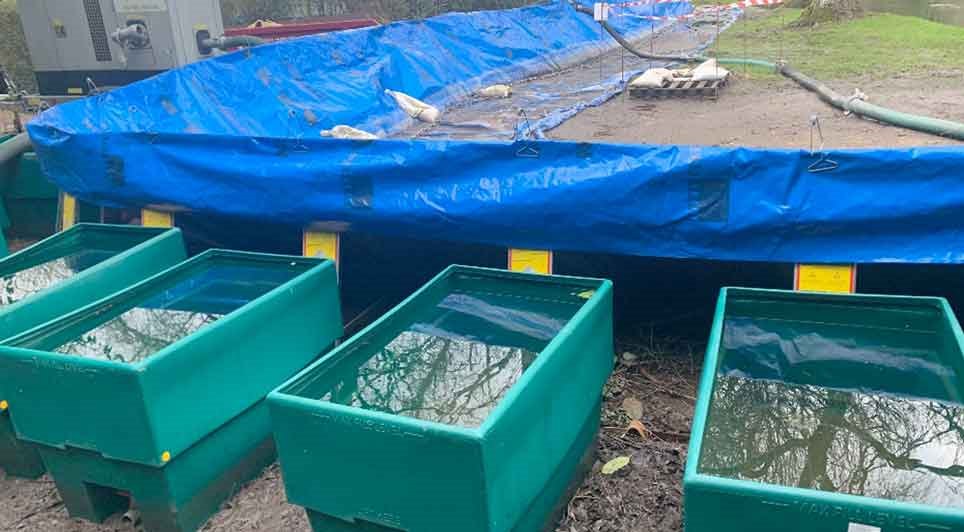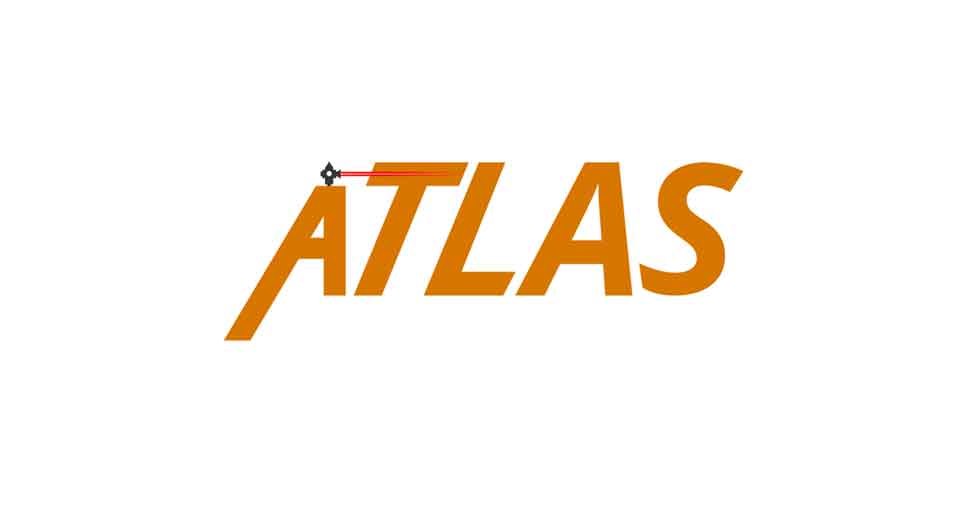The World Health Organization (WHO) recognises noise pollution as not only an environmental nuisance but a health threat too.
The transportation sector is the principal cause of environmental noise, but despite an abundance of studies on road, air and rail travel’s noise impact, there is relatively little research on noise pollution and maritime transportation. Here, KP Acoustics Research Labs investigates the ship noise levels research landscape.
Noise factors have become one of the most important ship design considerations. According to a 2020 study published in the International Journal of Environmental Research and Public Health, noise prevention methods such as improved insulation of living spaces, automation of machines, soundproof monitoring rooms and diesel–electric propulsion, have significantly decreased ship noise levels over the past few decades. However, both physical and psychological risks still exist for seafarers and the quest for faster and more economical ships must be balanced with the demand for a quiet and low-vibration environment on board.
The standards
In Europe, there are two main noise control standards that relate to maritime transport — the International Maritime Organization’s code and EU Directive 2003/10/EC, relating to noise at work. The ship operator is responsible for ensuring that noise reduction and control are applied and maintained in accordance with the codes. In the UK, the Merchant Shipping and Fishing Vessels (Control of Noise at Work) Regulations 2007 stipulates exposure limit values of a daily or weekly personal noise exposure of 87dB (A-weighted) and a peak sound pressure of 140 dB(C-weighted). But is fulfilling the standards enough to achieve truly safe noise levels onboard ships?
"Two characteristics are important when considering noise, the amplitude and the frequency of the sound. Noise not only possesses a hearing loss hazard, but also has a real impact on human performance, which in turn impacts the frequency of industrial accidents."
According to a study published in Ships and Offshore Structures, 80 per cent of maritime accidents are attributed to human error. These accidents can result in casualties, extensive costs to shipping companies as well as damage to nature and marine life. Many activities in marine operations require teamwork and good communication between crew members, all of which can be affected by a noisy environment. While several studies have investigated the impact of fatigue on seafarers’ decision making, the reasons for this fatigue — one of which being environmental noise — haven’t received the same research attention.
Innovation, technology and engineering
It's only through greater understanding of seafarers, fishmen and workers’ current environments and noise exposure levels that we can continue to develop innovative technological solutions for the maritime sector. One place we can start is by making use of real time noise monitoring onboard ships. Quicker and more accurate insight enables a swifter response to noise mitigation and environmental protection. Combined with other smart sensors and controllers, real time noise monitoring could soon be a fundamental part of automated noise control.
So, what role do you think research and technology can play in understanding and limiting seafarers’ exposure to harmful noise levels? If you would like to discuss an upcoming research project, contact KP Acoustics Research Labs today.
Construction News
14/09/2022
Occupational Noise Exposure: Supporting Seafarers, Fishermen And Workers


04/07/2025
JV North has announced the list of contractors and consultants appointed to its £500 million social housebuilding framework, which aims to deliver around 3,000 homes across the North West over the next four years.
The housing consortium, which includes 14 members, launched the procurement process i

04/07/2025
Work has officially started on preparing Eston Precinct for demolition, marking the first step in a major regeneration project led by Redcar & Cleveland Borough Council.
Esh Construction has been appointed to deliver the scheme, which will begin with the safe removal of asbestos and the soft strip

04/07/2025
The Secretary of State for Energy Security and Net Zero hasgranted development consent for the Mona Offshore Wind Farm.
The scheme, located in the Irish Sea, will deliver approximately 1,500MW of clean energy capacity and forms part of the Round 4 Offshore Wind Licensing Arrangements. The applicati

04/07/2025
The restoration of Chatham’s iconic Brook Theatre is officially underway, with the appointment of contractors to carry out the £21 million transformation of the 125-year-old building.
Originally opened in 1899 as Chatham Town Hall, the Grade II listed Renaissance-style landmark has served the commu

04/07/2025
Work to upgrade a flood-prone section of Stockbridge Road in Timsbury is set to begin later this month, as part of a joint project between the Environment Agency and Hampshire County Council to improve local flood defences.
Starting on 28 July, the five-week scheme will deliver vital improvements a

04/07/2025
Oldham's town centre regeneration has taken a major step forward, with planning consent now granted for all six sites earmarked for transformation through the partnership between Muse and Oldham Council.
The approval represents a significant milestone in the long-term vision to create a vibrant, in

04/07/2025
As temperatures soared during this week's heatwave, euroloo's innovative EcoWelfare units proved to be a game-changer on construction and outdoor sites across the country.
Designed with comfort and sustainability in mind, these multi-functional welfare units offer everything teams need to stay pro

04/07/2025
Atlas Site Engineering, a trusted name in precision setting out and site engineering services, continues to support the construction industry with expert solutions ranging from small residential extensions to multi-storey high-rise developments.
With a reputation for accuracy and reliability, Atlas

03/07/2025
Associated British Ports (ABP) has submitted a reserved matters application for 103,000 sq ft of speculative industrial and logistics space at Helm @ Immingham.
This marks the first phase of development at the 227-acre site.
The scheme will deliver a range of purpose-built units from 4,820 sq ft

03/07/2025
First Choice Homes Oldham (FCHO) is set to begin a major new phase of energy efficiency upgrades this month, with a £6.1 million investment aimed at improving 645 homes across the borough.
Starting 14 July, properties in Abbey Hills, Roundthorn, Shaw, and several estates in Chadderton will receive
 UK
UK Ireland
Ireland Scotland
Scotland London
London










